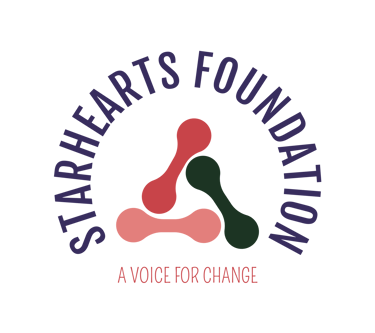Support Services Available
Explore our resources for survivors, including educational materials, support networks, and safety information.




Resource Guides
Access comprehensive guides on abuse awareness, survivor stories, and mental health resources to aid healing.
Crisis Assistance
Find immediate help through hotlines and counseling services dedicated to supporting individuals in crisis.
Contact Us
Reach out for support, resources, or inquiries about abuse awareness. We're here to help and provide a safe space for survivors.
Support
240-901-0494
Connect
info@starheartsfoundation.com
